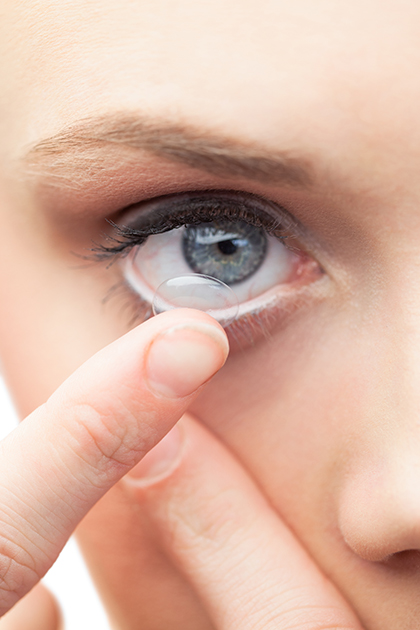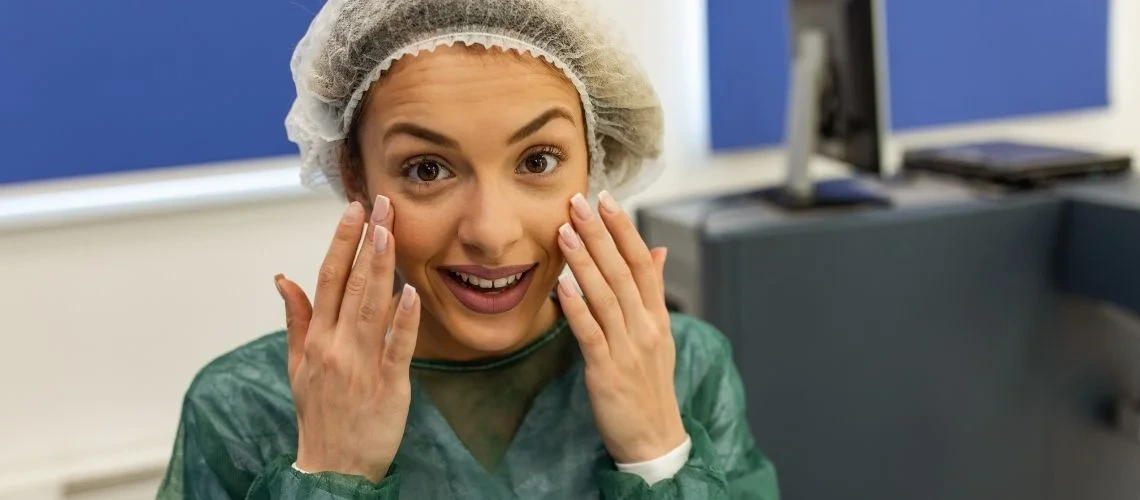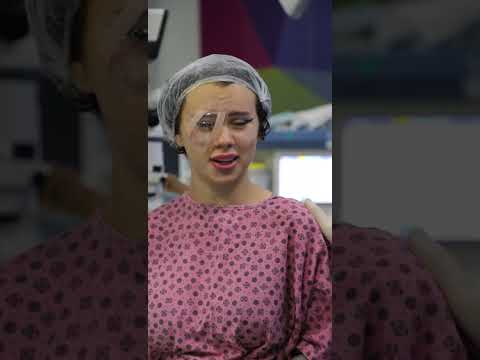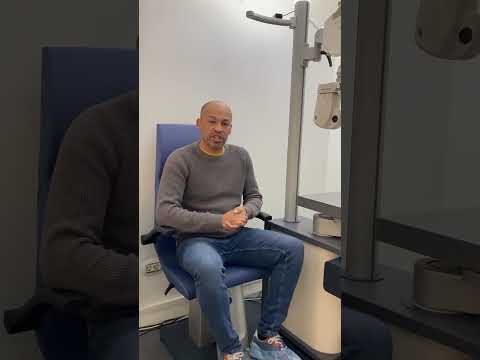Diabetes can cause damage to many organs in the body and may also affect the retina, the light-sensitive layer at the back of the eye, leading to a condition known as Diabetic Retinopathy. The severity of the damage depends on blood sugar levels and the duration of the disease.
What Are the Symptoms of Diabetic Retinopathy?
Diabetes affects all small blood vessels in the body, including those in the retina — the nerve- and vessel-rich layer of the eye. The earliest signs of diabetic retinopathy include small balloon-like swellings (microaneurysms) in retinal vessels and small hemorrhages in the retinal layers. As the condition progresses, blood may leak out of the vessels, leading to swelling in the macula, the central area responsible for sharp vision. This results in a decrease in visual clarity and sharpness.
In advanced cases of diabetic retinopathy, sudden vision loss may occur due to bleeding inside the eye. Pain is typically not a symptom of diabetic retinopathy, but in late-stage disease, elevated intraocular pressure can cause a type of glaucoma known as neovascular glaucoma, which may lead to severe eye pain.
Which Tests Are Used to Diagnose Diabetic Retinopathy?
Since diabetic retinopathy directly affects the retina, a detailed eye examination is followed by pupil-dilating eye drops to allow a thorough retinal evaluation. Optical Coherence Tomography (OCT) is used to detect macular edema, while Fundus Fluorescein Angiography (FFA) helps assess damaged or leaking retinal vessels.
Diabetic Retinopathy Treatment
Treatment of diabetic retinopathy should be individualized and closely monitored. Management should be multidisciplinary, involving not only ophthalmologists but also specialists from endocrinology, nephrology, and cardiology. Treatment depends entirely on the severity of the condition.
-
In early-stage diabetic retinopathy, regular monitoring may be sufficient.
-
In more advanced cases, intravitreal injections, laser treatments, or vitrectomy surgery may be needed.
Laser Photocoagulation Treatment
Previously the primary treatment for diabetic retinopathy, laser photocoagulation has largely been replaced by intravitreal injections. However, laser treatment still plays an important role, especially in proliferative diabetic retinopathy. The goal is to prevent the growth of abnormal blood vessels by cauterizing poorly perfused retinal areas with laser. It is applied in 3–4 sessions using topical anesthesia, and hospitalization is not required afterward.
Intravitreal Injection Therapy
Over the past 15 years, various drugs have been developed for intravitreal injection therapy. The common goal of these drugs is to prevent abnormal vessel growth in the eye and regulate blood flow to the retina. These treatments are performed under local anesthesia in an operating room setting. Because diabetic retinopathy is a dynamic disease, these injections must be administered and followed up by experienced physicians.
Vitrectomy (Retinal) Surgery
For cases where diabetic retinopathy cannot be controlled with injections or laser treatment, vitrectomy surgery is another treatment option. This procedure removes hemorrhages, membranes, or scar tissue from the interior of the eye. It can also repair retinal detachment if present. Vitrectomy is performed under general or sedation anesthesia and usually takes about one hour. Patients are monitored after surgery and can typically be discharged the same day.
The Importance of Early Diagnosis
The key to managing diabetic retinopathy is early detection. Annual eye exams are essential, even if no symptoms are present. Additionally, support from the endocrinology department is highly recommended for comprehensive diabetes management.











